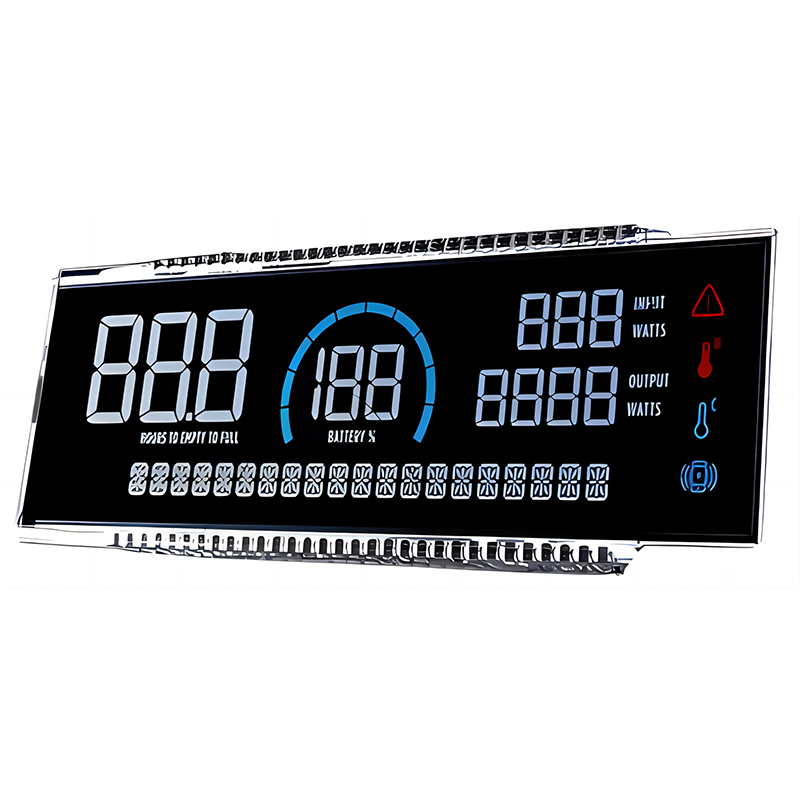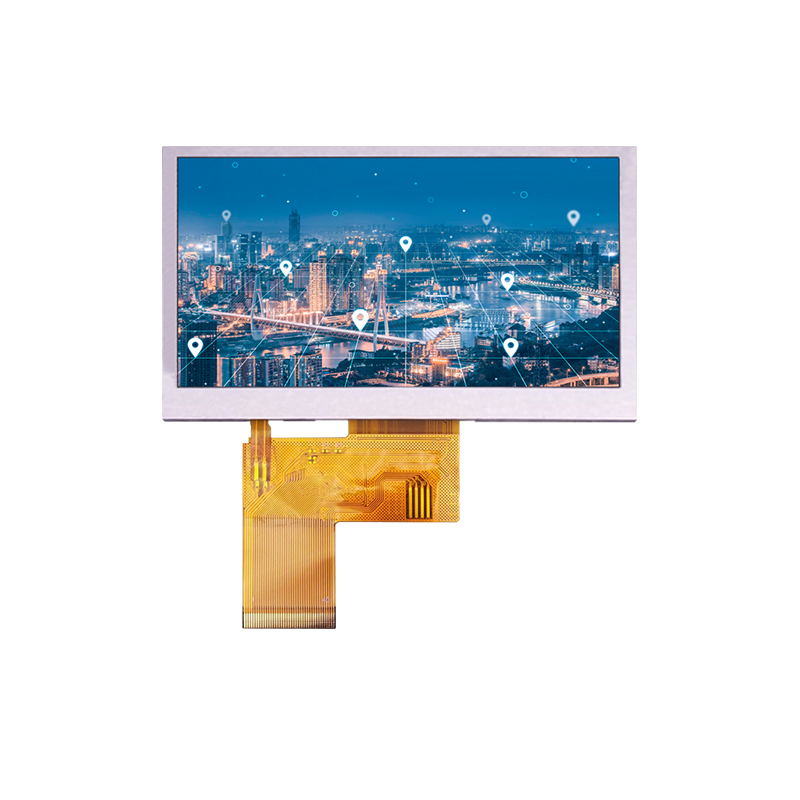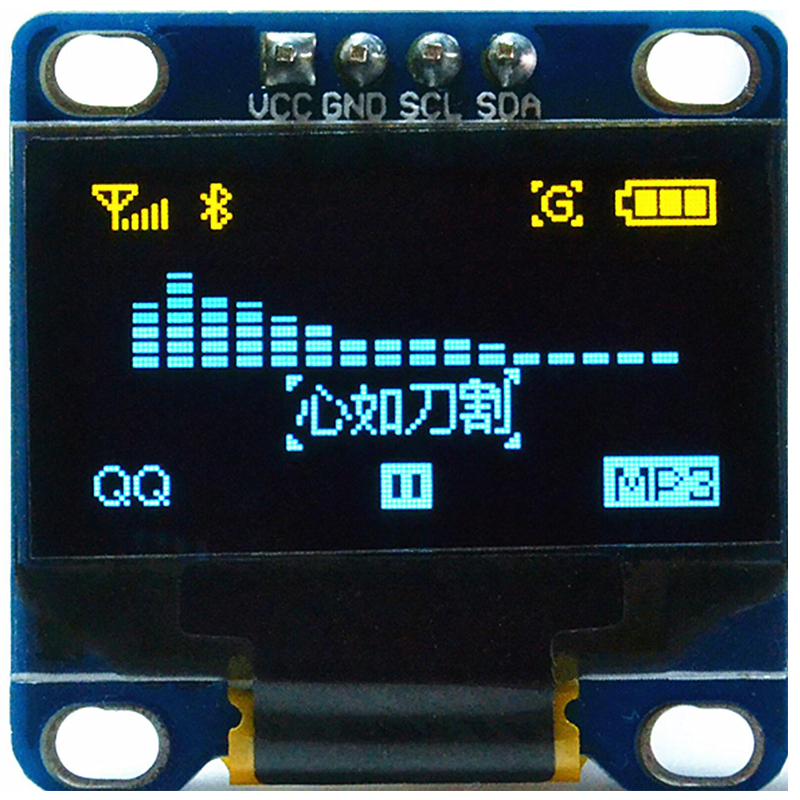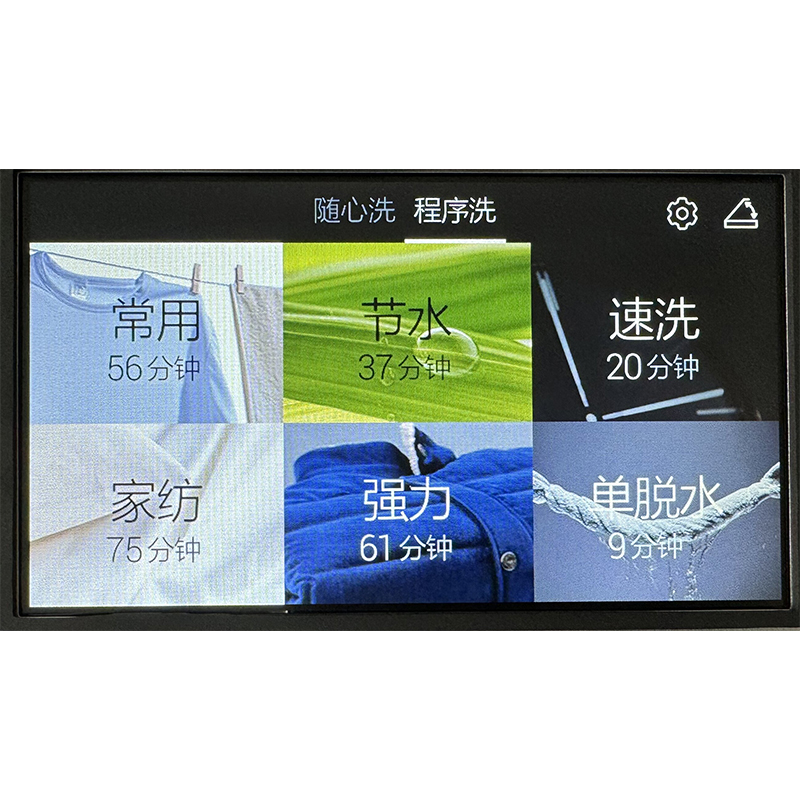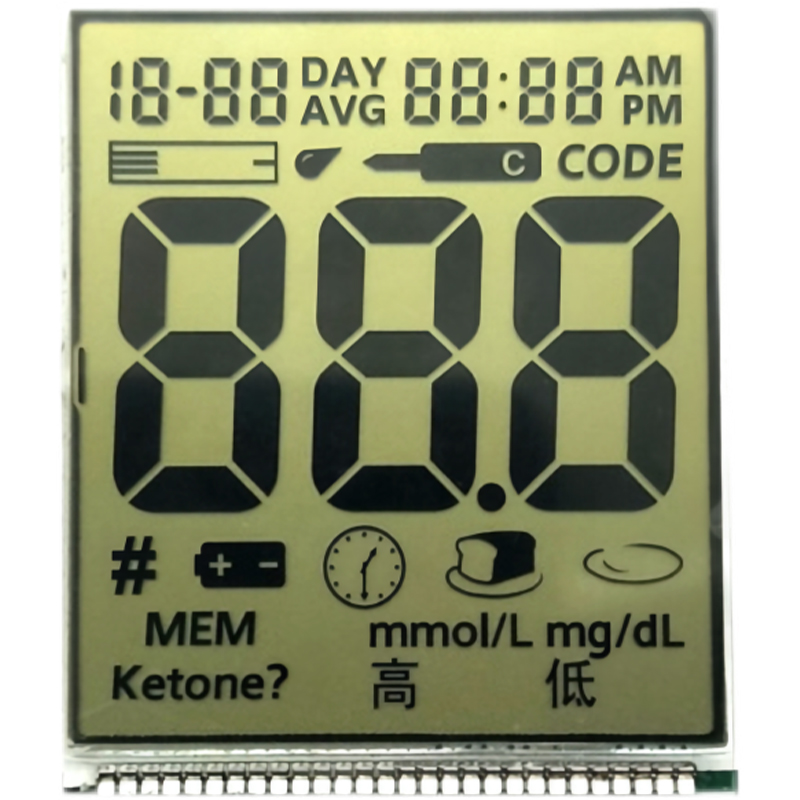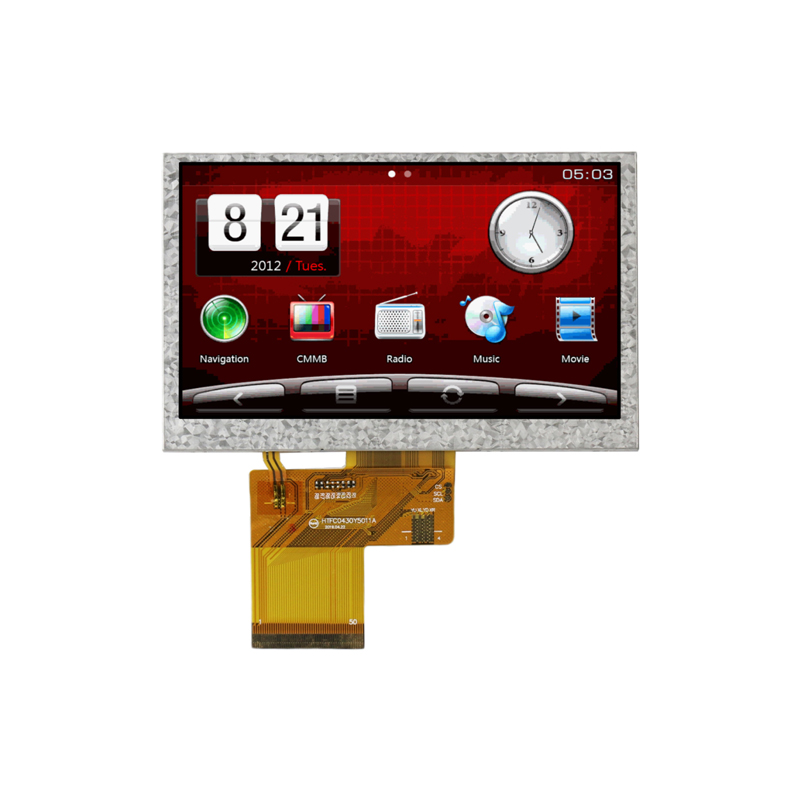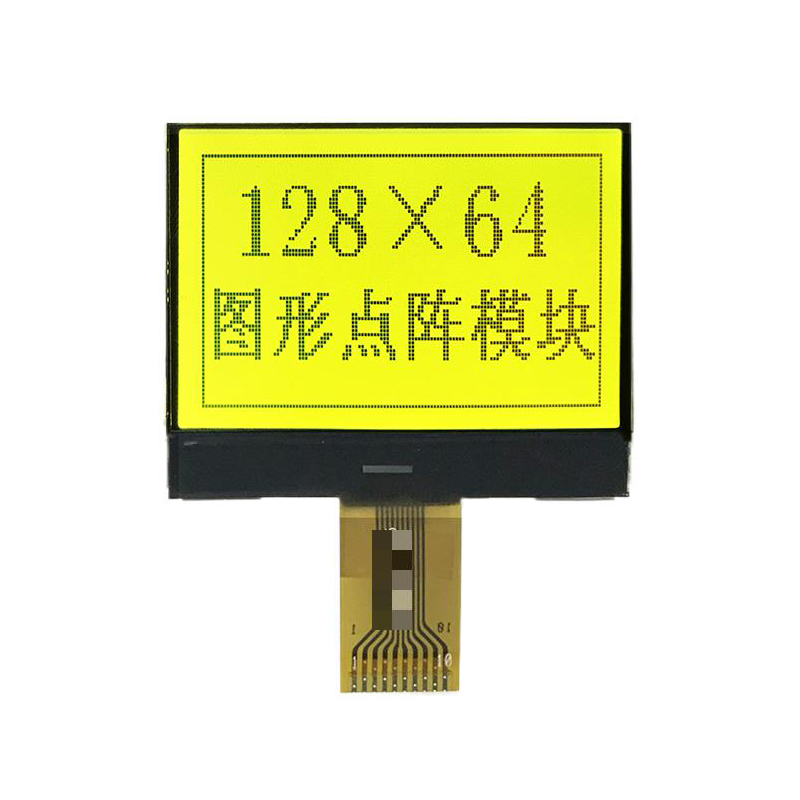
This article provides a comprehensive overview of LTPO OLED displays, exploring their technology, advantages, disadvantages, applications, and future trends. We'll delve into the specifics of how this technology works, comparing it to other display technologies and highlighting key considerations for consumers and manufacturers alike. Learn about the advancements driving the adoption of LTPO OLED displays and their impact on various industries.
LTPO stands for Low-Temperature Polycrystalline Oxide. It's a type of thin-film transistor (TFT) backplane technology used in OLED displays. Unlike traditional amorphous silicon (a-Si) TFTs, LTPO TFTs offer significantly lower power consumption, making them ideal for displays that require high refresh rates and always-on functionalities. This is achieved through higher electron mobility, allowing for faster switching speeds and reduced energy waste. The integration of LTPO with OLED technology results in a more efficient and power-saving display solution, particularly beneficial for smartphones and wearable devices.
Compared to traditional AMOLED displays, LTPO OLED displays boast superior power efficiency. This difference stems from the LTPO TFT backplane's ability to handle higher refresh rates with less energy drain. While standard AMOLED displays can struggle with battery life at higher refresh rates (e.g., 120Hz), LTPO OLED displays can maintain excellent performance without significantly impacting battery life. Furthermore, they also often offer improved image quality due to their precise control over individual pixels.
The superior performance and power efficiency of LTPO OLED displays have made them a popular choice across several sectors:
High-end smartphones frequently utilize LTPO OLED displays to provide users with vibrant, smooth visuals and extended battery life. The ability to dynamically adjust the refresh rate contributes significantly to conserving power while maintaining a responsive user experience.
Smartwatches and fitness trackers benefit greatly from the low power consumption of LTPO OLED displays, extending battery life significantly. The always-on functionality, often enabled by LTPO OLED displays, allows for quick glances at the time or notifications without requiring a full screen wake-up.
While less common than in smartphones, LTPO OLED displays are increasingly finding their way into high-end tablets and laptops, providing superior visual experiences with less energy consumption.
Continuous advancements in LTPO technology are expected to lead to even more efficient and higher-performing displays. Research and development focus on improving manufacturing processes to reduce costs and enhance color accuracy while further minimizing power consumption. We can anticipate seeing wider adoption of LTPO OLED displays across a variety of devices in the coming years.
| Feature | LTPO OLED | AMOLED | LCD |
|---|---|---|---|
| Power Consumption | Low | Medium | High |
| Refresh Rate | High (up to 144Hz) | Medium (up to 120Hz) | Low (typically 60Hz) |
| Color Accuracy | Excellent | Good | Fair |
| Cost | High | Medium | Low |
| Response Time | Very Fast | Fast | Slow |
For more information on high-quality display solutions, visit Dalian Eastern Display Co., Ltd. They offer a wide range of innovative display technologies for various applications.
1 This information is based on publicly available data and industry reports.

